Information & Resources
The average cost of security camera installation in Elkridge, MD ranges from $150 to $2,000, depending on various factors such as camera type, installation complexity, and additional security features. Investing in security cameras can enhance home and business safety, deter criminal activity, and provide peace of mind. Whether you’re looking for a budget-friendly option or a high-end security system, understanding installation costs and key considerations is essential.
Factors Affecting the Cost of Security Camera Installation
Several factors impact the total cost of installing security cameras:
1. Type of Security Cameras
Security cameras come in different types, each affecting the total installation cost:
- Wired Cameras – These cameras require professional installation as they need to be connected to a central recording system through cables. They may cost between $100 to $500 per camera, excluding labor costs. Wired systems are highly reliable and less prone to interference. Since they require running cables through walls or ceilings, installation complexity increases, adding to labor expenses.
- Wireless Cameras – Easier to install and operate, wireless cameras use Wi-Fi to transmit footage. Wireless cameras typically range from $50 to $300 per camera but may require additional networking components. The benefit of wireless cameras is flexibility, as they can be repositioned easily. However, they may experience connectivity issues and require a strong internet connection for uninterrupted recording.
- Indoor vs. Outdoor Cameras – Outdoor cameras require weatherproofing and additional installation materials, increasing the overall cost. They may also include night vision and motion detection, which can add to the expense. Homeowners should consider durable casings and vandal-resistant options for outdoor cameras, especially in high-traffic areas.
- Smart Cameras with AI Features – Modern security cameras include AI-driven features such as facial recognition, license plate detection, and motion alerts. These cameras range from $300 to $1,000 per unit, with additional storage and software costs. AI-based surveillance improves security monitoring by automatically distinguishing between common movements and potential security threats, reducing false alarms.
2. Number of Cameras Installed
The total cost is largely influenced by the number of cameras installed:
- Single-camera installations typically cost between $150-$300, ideal for small areas or entry points. Homeowners looking for basic security coverage may find a single camera sufficient for monitoring driveways or entry doors.
- Multi-camera systems (4-8 cameras) range from $600 to $2,000+, covering larger spaces such as homes, offices, or retail stores. These setups provide comprehensive surveillance and may include a mix of indoor and outdoor cameras for full coverage.
- Large-scale surveillance setups for commercial properties or warehouses can exceed $5,000, depending on the required security level. Businesses that require 24/7 monitoring, security analytics, and cloud storage for recorded footage may invest in high-end solutions for better control and security management.
3. Installation Complexity
The complexity of the installation process determines labor costs:
- Basic DIY Installation – DIY-friendly security cameras reduce costs but require technical skills for setup. Installation difficulty varies depending on mounting positions and power sources. Some wireless cameras come with magnetic mounts and adhesive backing, making them easier to install without professional assistance.
- Professional Installation by Marvelouz Teknology – Hiring experts ensure the correct setup, including camera positioning, secure wiring, and seamless integration with existing security systems. Labor costs range from $100 to $200 per camera. Professional technicians assess the property layout, ensuring cameras are positioned strategically to minimize blind spots.
- Integration with Smart Home Systems – If the security cameras need to be connected to smart home hubs or existing security alarms, additional configuration costs may apply. Smart integrations may include voice-activated control, mobile app access, and automated security alerts.
4. Additional Security Features
Enhancing security often involves additional costs for premium features:
- Motion Sensors – Installing motion sensors with cameras adds about $50-$200 per unit. These sensors help trigger recording and notifications when unexpected movements are detected.
- Cloud Storage or NVR Systems – Monthly cloud storage fees range from $5 to $50, while an NVR (Network Video Recorder) system costs $300-$1,000 for on-site storage. Cloud storage allows remote access to recorded footage, while NVR systems provide local storage with no recurring fees.
- Night Vision & High-Resolution Cameras – Advanced cameras with infrared night vision or ultra-HD resolution may add $100-$500 per unit. These features enhance visibility in low-light conditions and improve image clarity for better identification.
- Remote Monitoring Services – Some providers offer monitoring subscriptions, adding an extra monthly fee ranging from $10 to $100, depending on the level of service. Remote monitoring allows security personnel to review live footage and respond to incidents in real time.
Security Camera Installation Process by Marvelouz Teknology
Marvelouz Teknology follows a streamlined approach to ensure top-tier security for residential and commercial properties:
- Consultation & Site Assessment – A professional technician assesses the property to identify blind spots and strategic camera placements.
- Choosing the Right Equipment – Homeowners and businesses select cameras based on their security needs, budget, and connectivity options. Choosing the right features ensures optimal security and affordability.
- Installation & Configuration – Cameras are mounted, wired (if necessary), and configured for optimal performance. Professionals ensure that the cameras are positioned at the correct angles for comprehensive coverage.
- Testing & Adjustments – Ensuring camera angles, motion detection, and storage systems are working correctly. Any necessary adjustments are made to optimize performance.
- User Training & Support – Homeowners and businesses are trained on how to monitor footage and use security features effectively.
Marvelouz Teknology ensures that all installations are optimized for 24/7 surveillance, providing reliability and efficiency.
Why Invest in Professional Security Camera Installation?
Hiring experts like Marvelouz Teknology ensures:
- Proper camera placement for maximum security and reduced blind spots.
- Seamless integration with smart home and security alarm systems.
- Reliable footage storage, allowing easy access and retrieval.
- Compliance with local security regulations and data protection laws.
- Reduced maintenance and troubleshooting efforts with professional support.
Final Thoughts
Investing in a security camera system is a proactive step toward home and business safety. The cost of installation in Elkridge, MD varies based on camera type, installation complexity, and additional features.
Marvelouz Teknology provides professional installation services to ensure your property is protected with the best security solutions. Contact us today for a consultation!
FAQs
How long does it take to install security cameras?
The security camera installation process can take 1-8 hours, depending on the number of cameras and the complexity of the system.
Do security cameras increase property value?
Yes, a professionally installed security system from Marvelouz Teknology can enhance property value and appeal to potential buyers.
Can I install security cameras myself?
Yes, but professional installation ensures optimal placement, secure wiring, and seamless integration with smart security systems. Contact us to learn more.
Get a Free Quote from Marvelouz Teknology!
Recent Articles
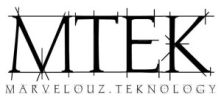
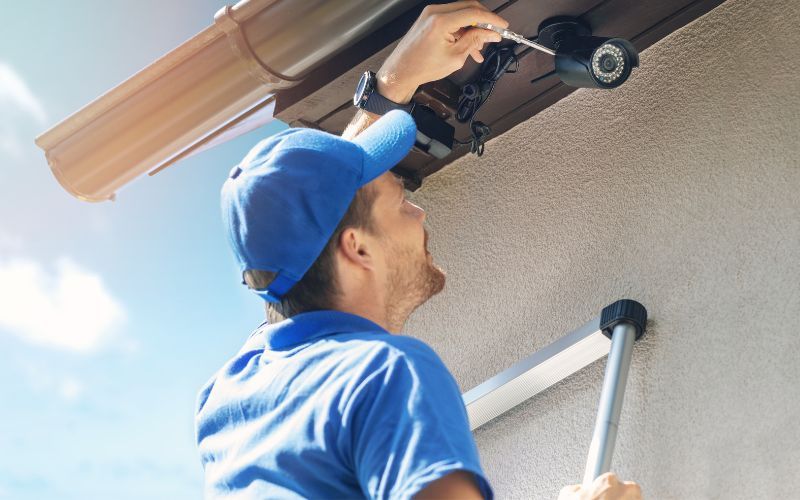

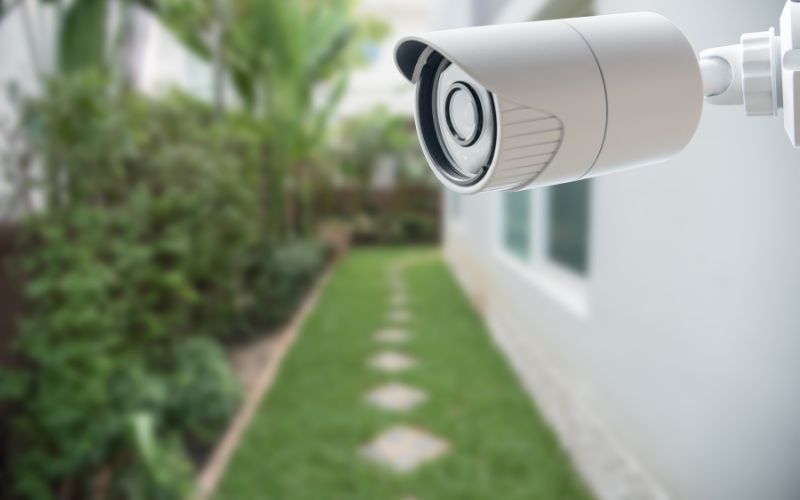
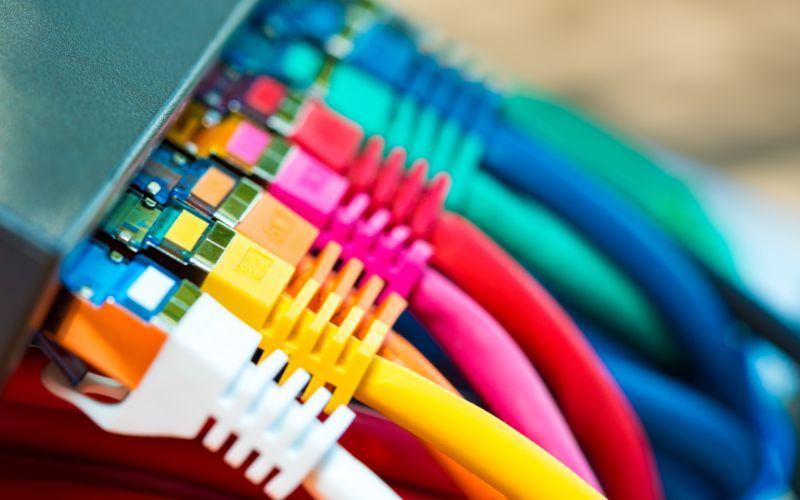
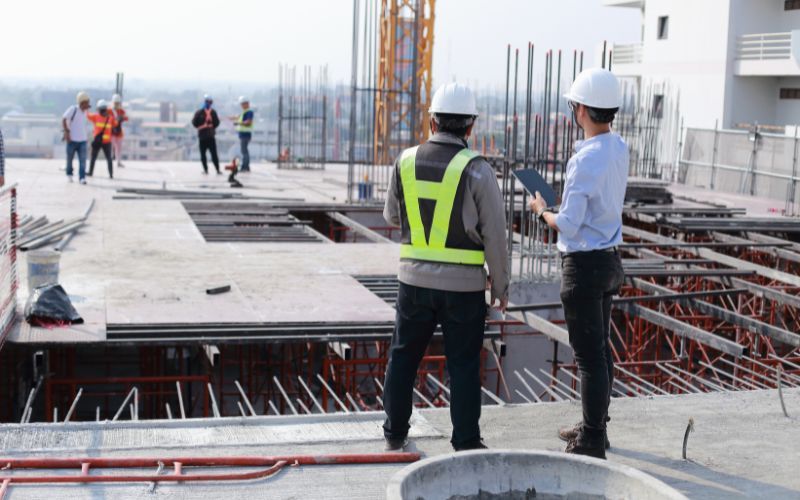
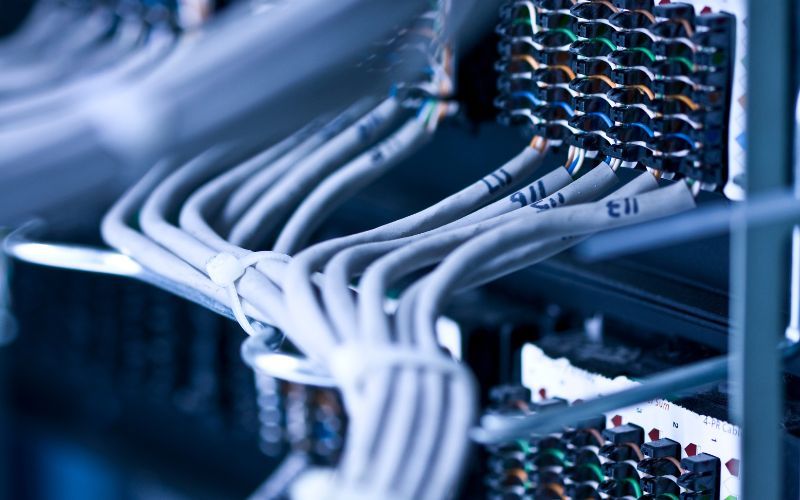
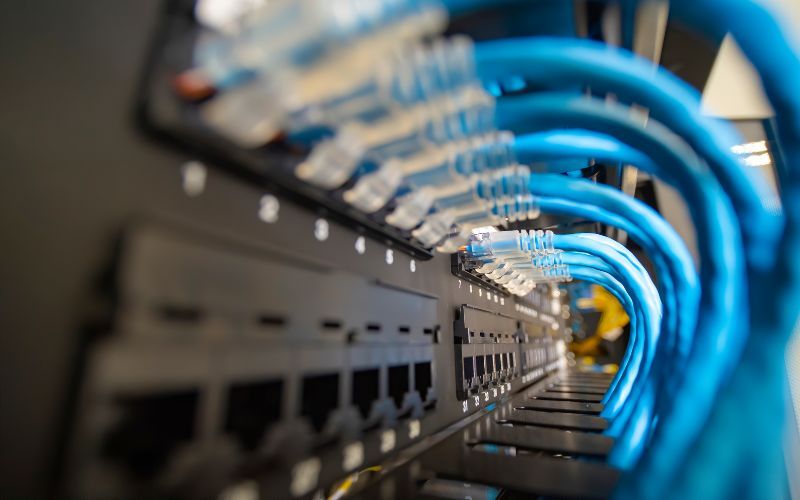
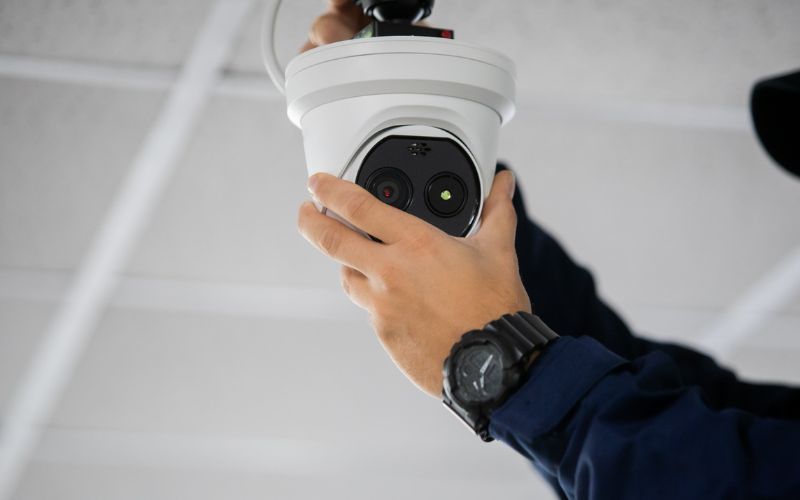


Leave a Reply